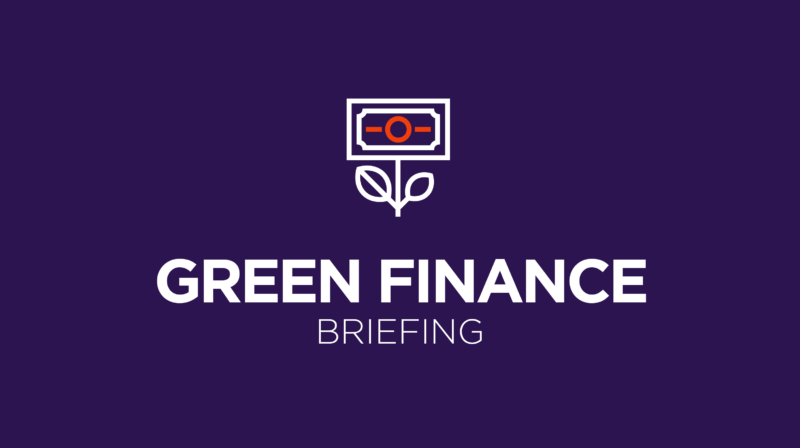Green Finance, Member Exclusive, Modern Marketing
Green Finance Briefing: Marketing sustainability efforts is a tricky game for banks
- The image banks sell to the end customer on the subject of climate change will come under close scrutiny from consumers and regulators, given their current reputation.
- Elsewhere, we look at which climate tech sectors attracted the most capital in H1 2022, and who took the lion's share in the US.








